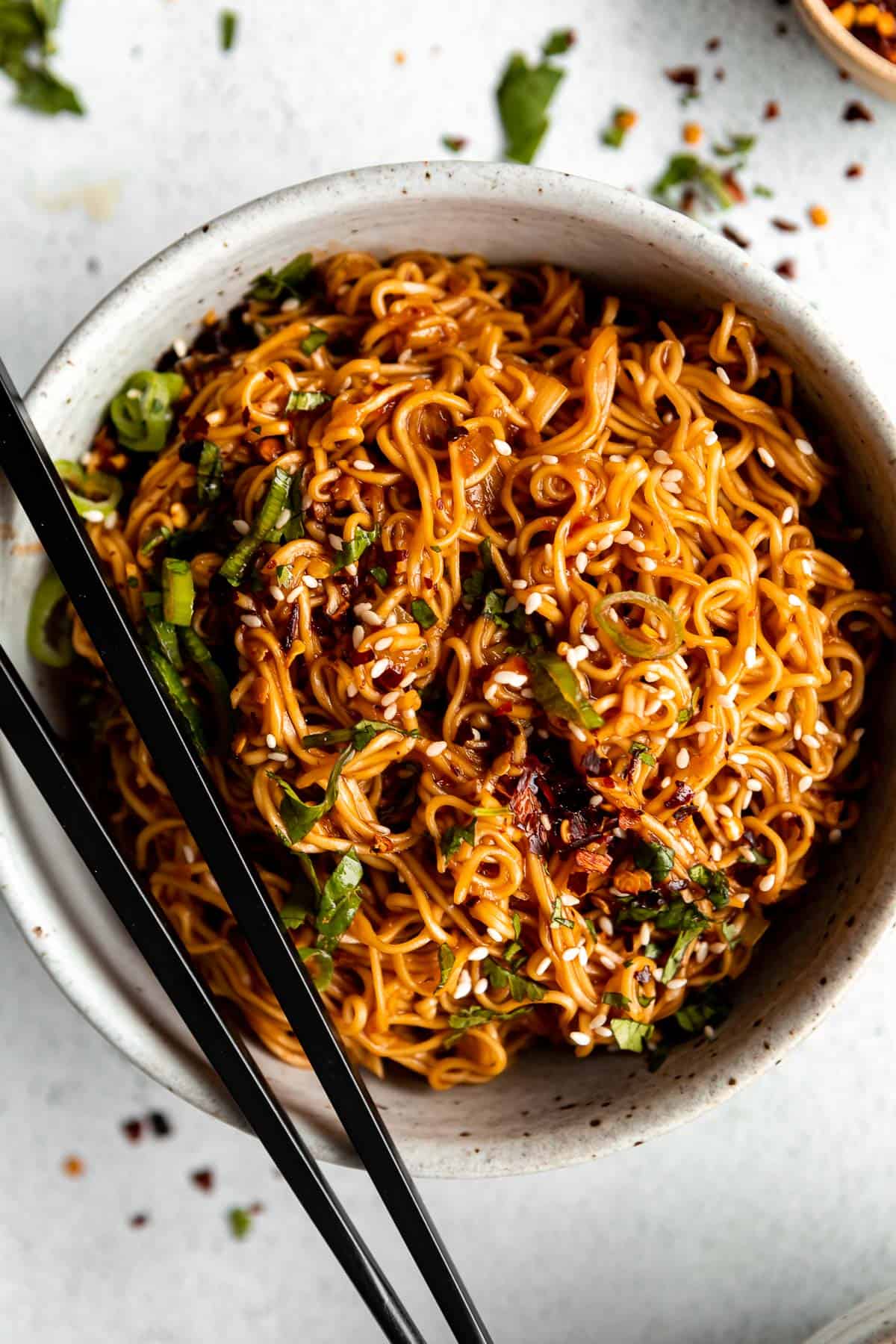Ramen Noodles: Healthy, Tasty, and Easy to Prepare
All natural ramen noodles originated in Japan, where traditional ramen has been a staple for centuries. Many credit Momofuku Ando for popularizing instant ramen in 1958, but all-natural versions focus on retaining the essence of authentic ramen. Their rise in popularity correlates with the increasing awareness of health and wellness among consumers. A 2021 report by Grand View Research shows that the global market for organic and natural foods grew by 13.8%, reflecting the shift towards cleaner eating habits. Consumers are now opting for all-natural noodles to avoid preservatives and artificial additives.
Key Ingredients and Health Benefits
All natural ramen noodles feature simple, wholesome ingredients. They typically include whole grain flour, filtered water, and sea salt. These ingredients offer numerous health benefits:
- Whole Grain Flour: High in fiber, aids digestion, and helps maintain stable blood sugar levels.
- Filtered Water: Free from impurities and contaminants, ensuring overall better health.
- Sea Salt: Contains essential minerals like magnesium and calcium that support bodily functions.
These ramen noodles are also free from MSG and other artificial preservatives often found in traditional instant ramen packets, reducing the risk of consuming harmful chemicals. Enhanced flavors come naturally from fresh vegetables, lean proteins like chicken or tofu, and nutrient-dense broths. This makes all-natural ramen a tasty and health-conscious choice for those who love ramen but seek a healthier alternative.
The Making of All Natural Ramen Noodles
From Traditional Techniques to Modern Innovations
All-natural ramen noodles preserve traditional Japanese ramen while incorporating modern innovations. Artisans start with whole grain flour, filtered water, and sea salt to create the dough. They knead this mixture thoroughly to develop gluten, giving the noodles their chewy texture. After kneading, they let the dough rest, enhancing the flavor and texture.
Modern techniques then streamline production without sacrificing quality. For example, noodle makers use semi-automated machines to roll and cut the dough uniformly. This process ensures consistency and efficiency, catering to the growing demand for all-natural products. Dehydration methods, including air-drying and low-temperature drying, replace deep-frying, reducing fat content while maintaining shelf life.
Differences Between All Natural and Conventional Ramen
All-natural ramen noodles and conventional ramen differ significantly in ingredients and preparation. Conventional ramen often contains refined wheat flour, artificial flavors, preservatives, and MSG. These additives can affect the flavor and nutritional value.
In contrast, all-natural ramen uses whole grain flour, natural sea salt, and filtered water. These ingredients, free from artificial additives, enhance nutritional benefits and provide a cleaner taste profile. The absence of MSG and preservatives aligns with the growing consumer demand for healthier, more transparent food options.
While conventional ramen undergoes deep-frying for quick cooking, all-natural ramen uses dehydration methods. This technique preserves the noodles’ texture and reduces overall fat content. The focus on minimalistic and natural ingredients aligns with the health-conscious trend, making all-natural ramen a preferred choice for those seeking a healthier alternative without compromising taste or quality.
Top Brands of All Natural Ramen Noodles
How to Choose the Right Brand
Selecting the best all-natural ramen noodles involves considering a few key factors. Check the ingredient list first. The best brands use whole grain flour, filtered water, and sea salt. Avoid those with artificial flavors or preservatives. Examine the production methods. Brands that employ traditional techniques often offer more authentic flavors. Look for products that use dehydration methods. These reduce fat content compared to the deep-fried options. Finally, consider the brand’s reputation. Established brands, like Nona Lim and Dr. McDougall’s, are known for their quality and commitment to natural ingredients.
What to Look For on the Label
Reading labels is crucial when choosing all-natural ramen noodles. Look for the term “whole grain” in the ingredient list. This indicates a higher nutritional value. Ensure the label states “no artificial additives”. Certifications like USDA Organic or Non-GMO Project Verified add an extra layer of confidence. Check the sodium content. Even natural ramen can be high in sodium, so choosing a lower sodium option can be beneficial. Lastly, identify any allergens. Ramen noodles can contain wheat or soy.
Cooking and Serving Suggestions
Recipes for All Natural Ramen Noodles
Creating vibrant, health-conscious meals with all-natural ramen noodles is straightforward. Start by boiling noodles in filtered water until tender. For a classic miso ramen, prepare a broth using miso paste, vegetable broth, soy sauce, and ginger. Add vegetables like spinach, mushrooms, and scallions, plus a soft-boiled egg for protein. For a vegan option, substitute the egg with tofu and add a dash of sesame oil.
For a spicy ramen, concoct a broth by combining vegetable broth, sriracha, soy sauce, grated garlic, and ginger. Incorporate vegetables such as bok choy, carrots, and bean sprouts. Add tofu or tempeh for extra protein.
Pairings and Flavor Enhancements
Complement all-natural ramen noodles by pairing them with fresh, nutrient-dense veggies and proteins. Examples include adding steamed broccoli, edamame, or bell peppers for color and texture. For added flavor, sprinkle toasted sesame seeds, fresh herbs like cilantro or mint, and thinly sliced chili peppers.
Season your dish with natural flavor enhancers. Examples include adding a touch of rice vinegar for tanginess or a spoonful of fermented kimchi for depth. For umami richness, incorporate dried seaweed, mushrooms, or a drizzle of soy sauce. Simple garnishes like lime wedges or green onions can elevate the presentation and taste of your dish.
Conclusion
Choosing all-natural ramen noodles is a smart move for your health and culinary enjoyment. With simple ingredients and healthier production methods, these noodles offer a nutritious alternative to traditional instant ramen. By paying attention to labels and opting for reputable brands, you can enjoy delicious and wholesome ramen dishes. Enhance your meals with fresh vegetables, proteins, and natural flavorings to create satisfying and nutrient-rich bowls of ramen. Embrace the trend towards healthier eating and elevate your ramen experience with all-natural options that nourish your body and delight your taste buds.





